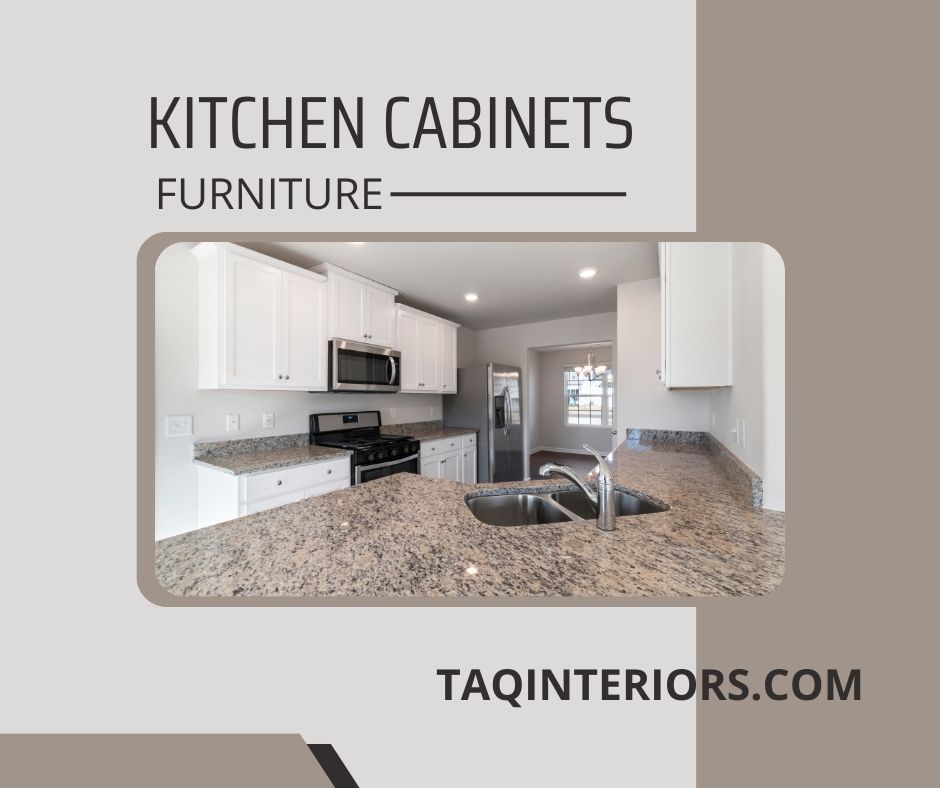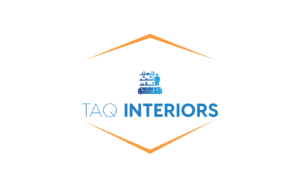The Comprehensive Handbook on Kitchen Cabinets: Styles, Materials, and Design Advice

Introduction The kitchen Cabinets is frequently regarded as the home’s core, where meals are crafted, conversations occur, and memories are formed. Central to any practical and attractive kitchen is a vital element—kitchen cabinets. More than just storage units, they establish the kitchen’s overall appearance, ambience, and functionality. As an kitchen professional, we aim to offer cabinetry solutions that seamlessly blend style and practicality, incorporating the latest trends with enduring craftsmanship. This all-encompassing handbook covers all aspects related to kitchen cabinets—from styles and types to materials, finishes, and professional design advice. 1. The Function of Kitchen Cabinets in Interior Design Kitchen cabinets are essential components of kitchen design. They set the layout and influence the home’s aesthetic with their colour, style, and finish. Whether it’s a modern, traditional, minimalist, or rustic setting, the choice of cabinets makes a lasting impression. Professionally crafted kitchen cabinets offer: 2. Varieties of Kitchen Cabinets Familiarity with various cabinet types aids in designing a kitchen layout that fits both lifestyle needs and space constraints. 2.1 Base Cabinets Positioned directly on the floor, base cabinets provide support for countertops and sinks. They are perfect for storing heavy kitchenware, cleaning products, and integrated appliances like dishwashers and ovens. 2.2 Wall Cabinets Mounted above countertops, wall cabinets grant easy access to everyday items such as dishes, glasses, and spices. 2.3 Tall Cabinets (Pantry Cabinets) Spanning from floor to ceiling, these cabinets offer ample storage, ideal for dry goods, cleaning equipment, and smaller appliances. 2.4 Speciality Units These include corner cabinets, pull-out organisers, lazy Susans, and appliance garages that make difficult spaces usable. 3. Common Kitchen Cabinet Styles The decision on cabinet style hinges on the personal preferences of the client and the home’s architectural design. Popular choices include: 3.1 Shaker Style Characterised by simple, clean lines and a recessed panel, this style is a timeless choice suitable for both traditional and modern kitchens. 3.2 Slab or Flat-Panel Perfect for modern and minimalist kitchens, slab doors feature a smooth, unembellished surface without details. 3.3 Glass-Front Cabinets These cabinets add a touch of sophistication and are ideal for showcasing fine china or curated collections. 3.4 Beadboard Cabinets Featuring vertical planks and evoking a cottage-like charm, beadboard suits farmhouse or coastal designs well. 3.5 Raised Panel Ornate and classic, raised panel cabinets provide a formal look, often used in traditional kitchen styles. 4. Materials Employed in Kitchen Cabinets The choice of material significantly influences a cabinet’s look, durability, cost, and upkeep. Key options include: 4.1 Solid Wood A visually appealing and sturdy choice, wood adds warmth and character, with common options like oak, maple, cherry, and birch. 4.2 Plywood Praised for its strength and resistance to warping, plywood is often used for building cabinet boxes. 4.3 MDF (Medium Density Fiberboard) Cost-efficient and smooth, MDF is perfect for painted finishes and ornate details. 4.4 Particle Board An economical but less durable choice, frequently used in basic kitchen setups. 4.5 Metal and Stainless Steel Favoured in industrial kitchens, these materials boast durability and ease of cleaning, though they may scratch. 4.6 Thermofoil and Laminate These cost-effective materials imitate wood or solid colours and are low maintenance. 5. Finishes and Colour Trends The chosen finish affects both the cabinet’s appearance and its upkeep and longevity. 5.1 Paint Provides vast colour customisation, popular in varied kitchen styles. 5.2 Stain Accentuates the natural grain of the wood, offering a rich, traditional appearance. 5.3 Glaze Applied over paint or stain, it gives depth and highlights cabinet features. 5.4 Matte versus Gloss Matte finishes lend a soft, contemporary vibe, whereas glossy ones provide brightness and a sleek appearance. 5.5 Trending Colours 6. Cabinet Hardware Often seen as the kitchen’s jewellery, hardware greatly affects the cabinets’ ultimate look. 6.1 Knobs versus Pulls Knobs are usually for doors and pulls for drawers, though combining them adds flair. 6.2 Material Choices 6.3 Style Coordination Align hardware with faucets, lighting, and appliances for a cohesive look. 7. Layout and Functional Design Principles Ensuring kitchen functionality should always take precedence over aesthetics. Consider the following: 7.1 Work Triangle Ensure a logical movement between the sink, stove, and refrigerator. 7.2 Storage Zones Organise cabinets by function: prep, cooking, cleaning, and pantry. 7.3 Utilising Vertical Space Install upper cabinets that reach the ceiling to maximise storage. 7.4 Soft-Close Features Guarantee durability and a quiet kitchen ambience. 7.5 Custom Inserts Incorporate pull-out trays, spice racks, built-in bins, and dividers for better organisation. 8. Custom, Semi-Custom, and Stock Cabinets 8.1 Stock Cabinets Produced in standard sizes, these are budget-friendly but with fewer customisation options. 8.2 Semi-Custom Cabinets Provide some flexibility in size, materials, and finishes, offering moderate cost. 8.3 Custom Cabinets Tailored to exact specifications, ideal for unique designs or high-end projects requiring precision. 9. Sustainable and Environmentally-Friendly Options Modern clients often want furnishings with a low environmental impact. Offer options like: 10. Planning and Cost Factors Cabinet costs can take up to 40% of a kitchen renovation budget. Factors include: Provide clients with clear estimates and choices that fit their style and budget. 11. Upcoming Trends for 2025 and Beyond 11.1 Hidden Cabinets Use sleek, push-to-open mechanisms for a streamlined appearance. 11.2 Open Shelving Combine with cabinets for an open, airy design. 11.3 Smart Cabinets Features include integrated lighting, charging ports, and motion-sensor drawers. 11.4 Reclaimed and Textured Woods Bring depth and character with natural imperfections. 12. Adding Value as an Interior Design Company With our expertise, we turn concepts into reality by offering: Kitchen cabinets form a fundamental part of kitchen design. Their significance goes beyond storage, shaping the room’s style, flow, and experience. Whether clients desire a modern, minimalistic look, rustic warmth, or luxurious elegance, the ideal cabinet selection can enhance the entire home. As an interior design firm, guiding clients through numerous cabinet choices is crucial for successful renovations. From selecting materials to refining layout and style, cabinetry melds aesthetics with utility. Let kitchen cabinets be your initial focus when transforming a space into a culinary masterpiece.

